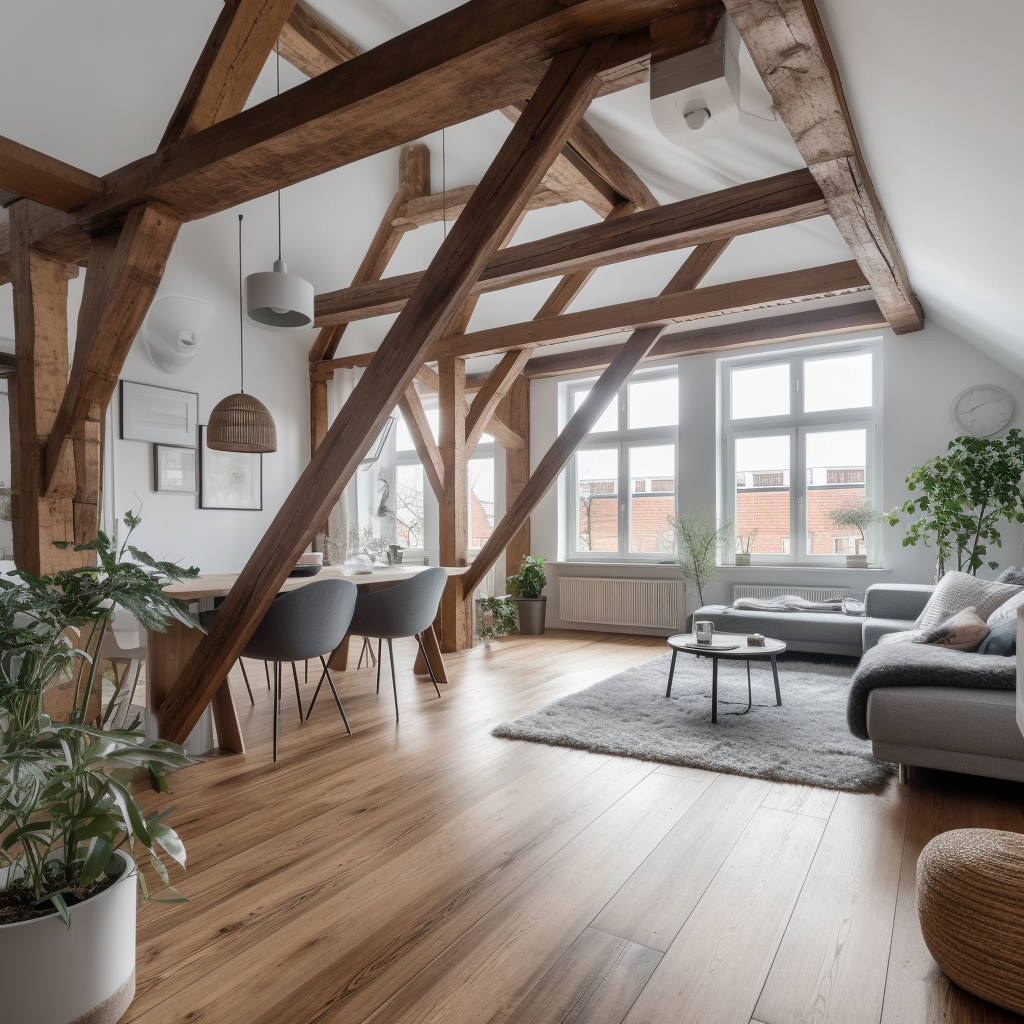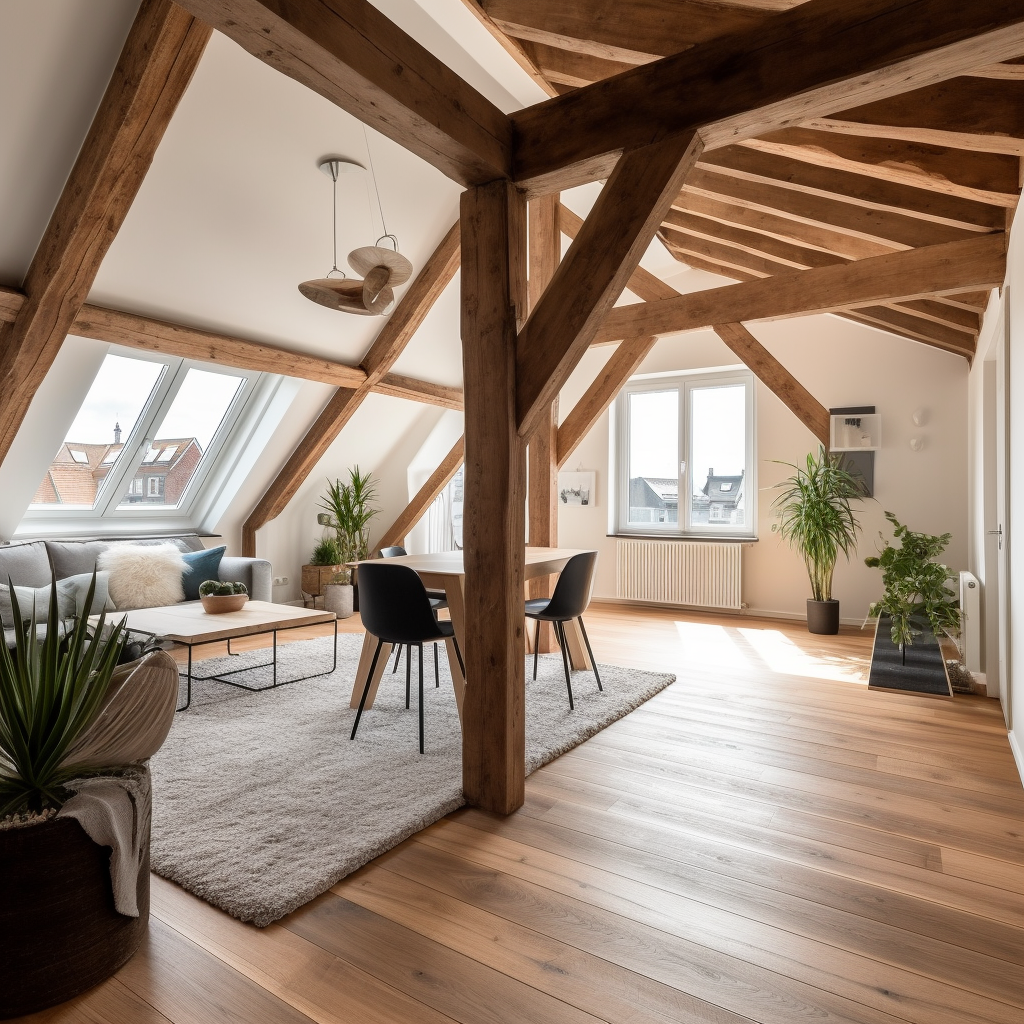Ammerud is a vibrant neighborhood located in the northern part of Oslo, the capital city of Norway. It is nestled between the beautiful forests of Lillomarka and the charming neighborhoods of Groruddalen. With a rich history, diverse demographics, and a plethora of sites and attractions, Ammerud has something to offer for everyone.
1. Ammerud Neighborhood History
Ammerud has a fascinating history that can be traced back to the 17th century. Originally an agricultural area, it underwent significant development in the mid-20th century when a large residential area was constructed. The neighborhood was designed to provide affordable housing and was heavily influenced by modernist architecture. Today, many of the buildings from that era still stand, showcasing the unique architectural style of the time.
Over the years, Ammerud has gone through several transformations, adapting to the changing needs of its residents. It has evolved into a well-planned and vibrant neighborhood, known for its sense of community and close-knit social fabric. The combination of its rich history and modern developments makes Ammerud a truly remarkable place to live.
2. Ammerud Neighborhood Demographics
The demographics of Ammerud reflect the multicultural nature of Oslo. The population of the neighborhood is diverse, comprising people from various ethnic backgrounds. This diversity is celebrated and has contributed to the growth of Ammerud as a cultural hub.
With a mix of families, professionals, and students, Ammerud offers a dynamic and inclusive environment. The neighborhood is home to several educational institutions, including schools and colleges, which attract students from all over the city. Additionally, Ammerud has a strong sense of community, with numerous organizations and initiatives that foster social cohesion and promote integration among residents.
3. Ammerud Neighborhood Sites and Attractions
Ammerud boasts a range of sites and attractions that cater to different interests. Nature enthusiasts will be delighted by the proximity to Lillomarka, a vast forest area that offers hiking trails, biking paths, and picturesque picnic spots. The forest creates a peaceful ambiance, allowing residents to escape the hustle and bustle of the city.
For those interested in cultural experiences, the neighborhood is home to the Ammerudhjemmet Kunstgalleri, an art gallery located in a historic building. The gallery showcases the works of local artists and hosts exhibitions, workshops, and events throughout the year. Additionally, Ammerud also offers a variety of dining options, from cozy cafes to international cuisines, ensuring that residents and visitors can satisfy their culinary cravings.
Conclusion
Ammerud is a neighborhood that seamlessly combines history, diversity, and natural beauty. Its rich history, diverse demographics, and abundance of sites and attractions make it a fascinating place to explore and live in. Whether you are looking to immerse yourself in cultural experiences, connect with nature, or be a part of a welcoming community, Ammerud has it all.
So, if you find yourself in Oslo, be sure to pay a visit to Ammerud and discover the charm and wonders it has to offer!







